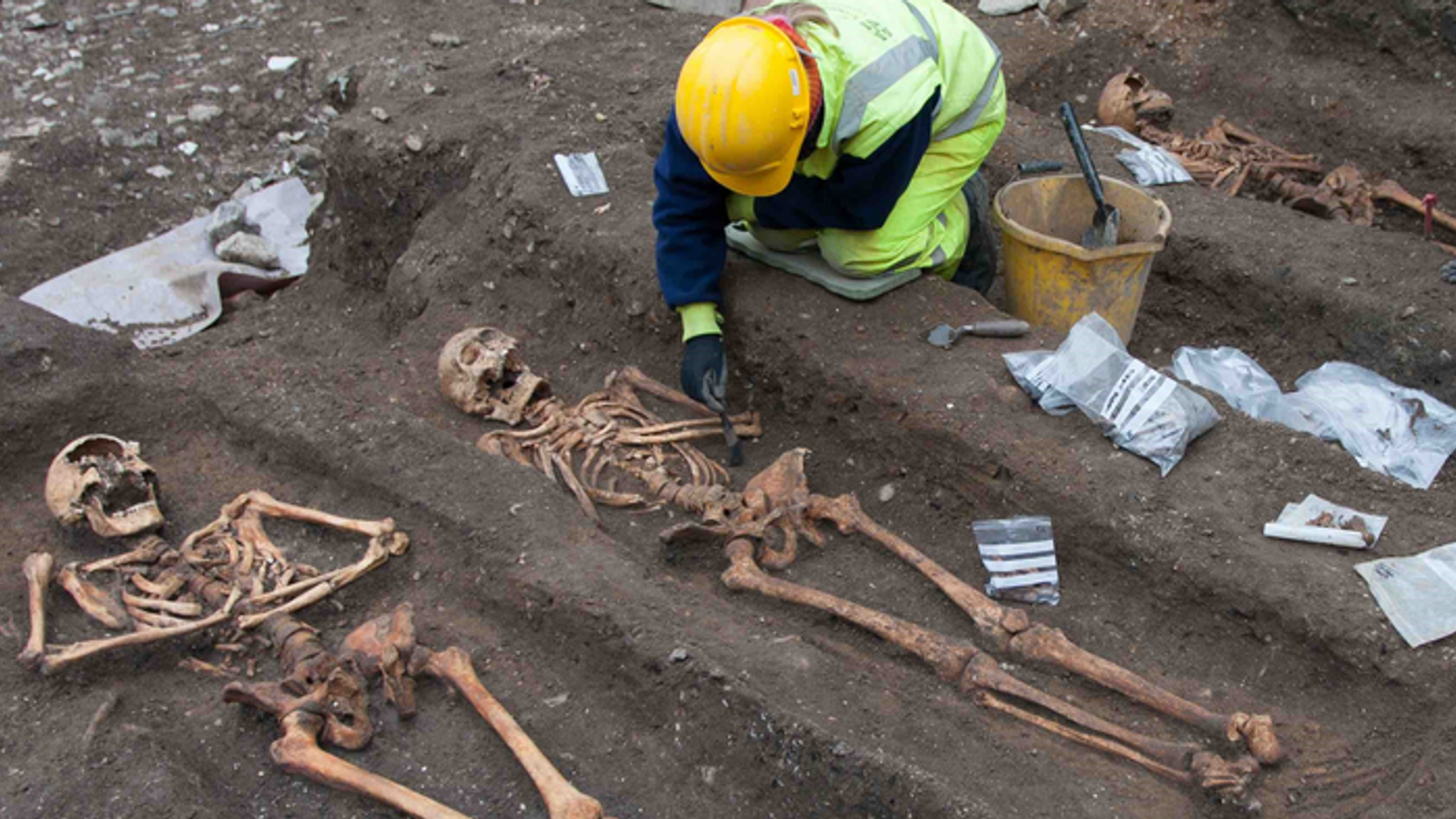Medieval friars living in Cambridge were “riddled with parasites” because of questionable gardening practices, a study suggests.
Despite living at the well regarded Augustinian friary – where clergy would travel from far and wide to read manuscripts – they had a not insignificant problem with intestinal worms.
The Augustinian friars were twice as likely to be infected with worms than the city’s general population, according to a study from the University of Cambridge.
While their monastery homes had latrine blocks and hand-washing facilities, unlike the houses of ordinary working people, researchers revealed the friars were partial to manuring garden crops with their own faeces – and purchasing fertiliser containing human or pig excrement.
The Augustinian friary was founded in the 1280s and lasted until 1538 before suffering the fate of most English monasteries: closed or destroyed as part of King Henry VIII’s break with Rome.
“The friars of medieval Cambridge appear to have been riddled with parasites,” said study lead author Dr Piers Mitchell.
“This is the first time anyone has attempted to work out how common parasites were in people following different lifestyles in the same medieval town.”
Ukrainian medical students start training at one of UK’s top universities after fleeing war-torn country
Louis Thorold: Pensioner Shelagh Robertson pleads not guilty to causing pram death of five-month-old baby by careless driving
Ukraine invasion: Cambridge couple paint house in blue and yellow in show of solidarity with Ukrainians
As roundworm and whipworm are spread by poor sanitation, researchers argue that the difference in infection rates between the friars and the general population must have been due to how each group dealt with their human waste.
“One possibility is that the friars manured their vegetable gardens with human faeces, not unusual in the medieval period, and this may have led to repeated infection with the worms,” said Dr Mitchell.
Despite the increased prevalence of worms, those buried in medieval England’s monasteries lived longer than those in parish cemeteries, according to previous research, perhaps due to a more nourishing diet, a luxury of wealth.









